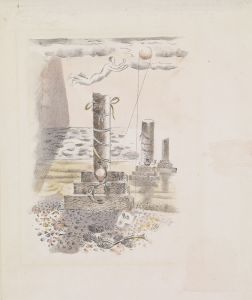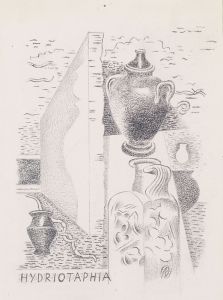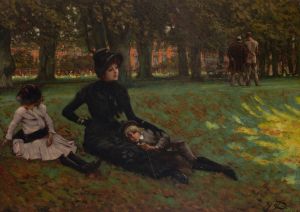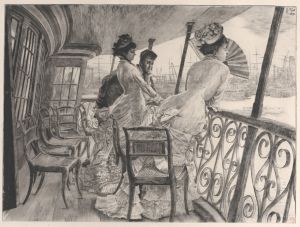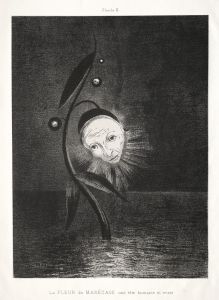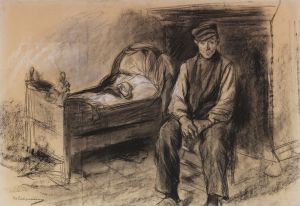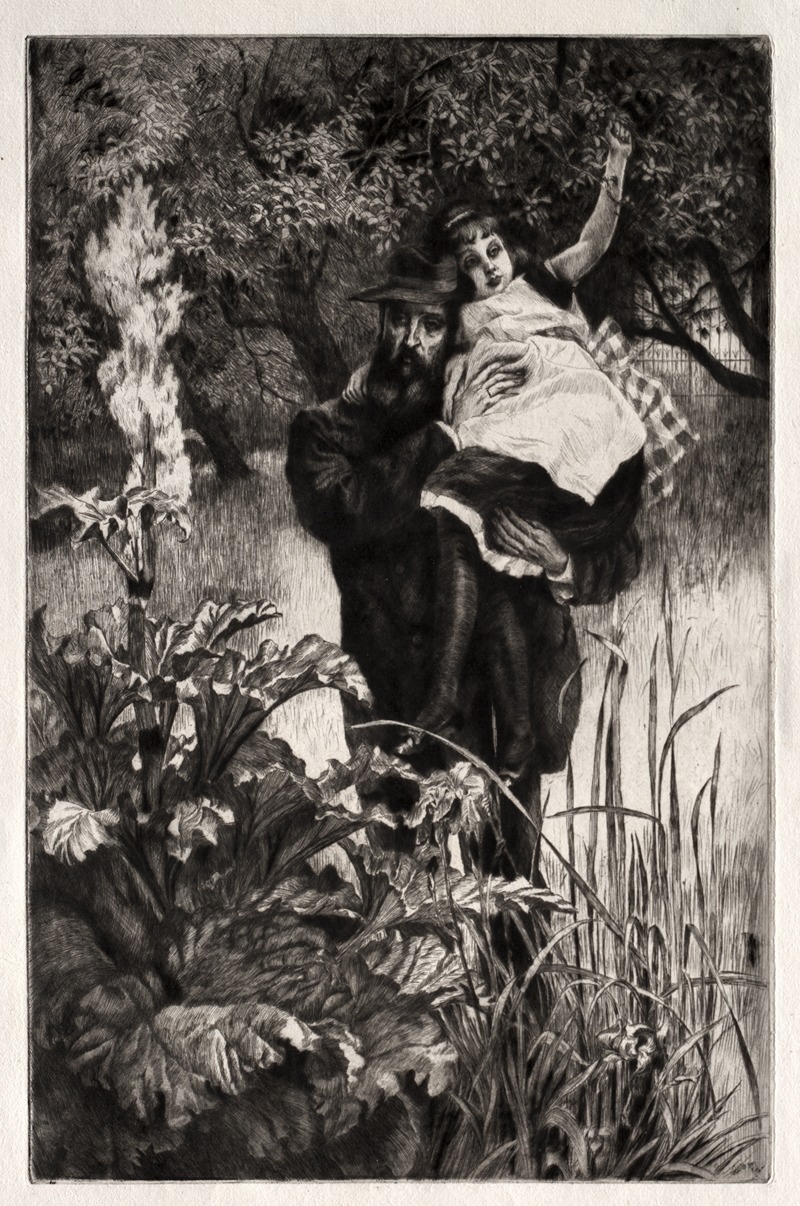
The Widower
A hand-painted replica of James Tissot’s masterpiece The Widower, meticulously crafted by professional artists to capture the true essence of the original. Each piece is created with museum-quality canvas and rare mineral pigments, carefully painted by experienced artists with delicate brushstrokes and rich, layered colors to perfectly recreate the texture of the original artwork. Unlike machine-printed reproductions, this hand-painted version brings the painting to life, infused with the artist’s emotions and skill in every stroke. Whether for personal collection or home decoration, it instantly elevates the artistic atmosphere of any space.
"The Widower" is a painting by the French artist James Tissot, completed in 1876. Tissot, born Jacques Joseph Tissot in 1836 in Nantes, France, was a prominent painter known for his detailed and often narrative-driven works. He gained recognition in both France and England, where he spent a significant portion of his career.
"The Widower" is an oil on canvas painting that exemplifies Tissot's keen interest in capturing the social nuances and emotional depth of his subjects. The painting depicts a poignant scene of a man, presumably a widower, seated on a park bench with his young daughter. The setting is a lush, green park, which contrasts with the somber mood of the figures. The man is dressed in mourning attire, with a black suit and top hat, and his expression is one of deep contemplation and sorrow. His daughter, dressed in white, stands beside him, looking up at her father with an expression that suggests innocence and perhaps confusion.
Tissot's work often reflects the societal norms and personal experiences of the Victorian era, and "The Widower" is no exception. The painting captures the themes of loss, grief, and the bond between parent and child. The artist's attention to detail is evident in the textures of the clothing, the play of light and shadow, and the naturalistic setting. This meticulous approach is characteristic of Tissot's style, which often blends elements of realism with a narrative quality.
During the time Tissot painted "The Widower," he was living in London, having moved there in 1871 after the Franco-Prussian War. His time in England was marked by success, as he became a popular artist among the British elite. Tissot's works from this period often explore themes of modern life and personal relationships, resonating with the Victorian audience's interest in domestic and social issues.
"The Widower" is part of Tissot's broader exploration of themes related to family and personal loss. While the painting does not explicitly tell a story, it invites viewers to contemplate the emotional state of the figures and the circumstances that brought them to this moment. The use of a public park as the setting may suggest the idea of life continuing amidst personal tragedy, a common theme in Tissot's work.
Today, "The Widower" is held in the collection of the National Gallery of Victoria in Melbourne, Australia. It remains a significant example of Tissot's ability to convey complex emotional narratives through his art. The painting continues to be appreciated for its technical skill and its poignant exploration of human emotion, reflecting Tissot's enduring legacy as a master of narrative painting.





